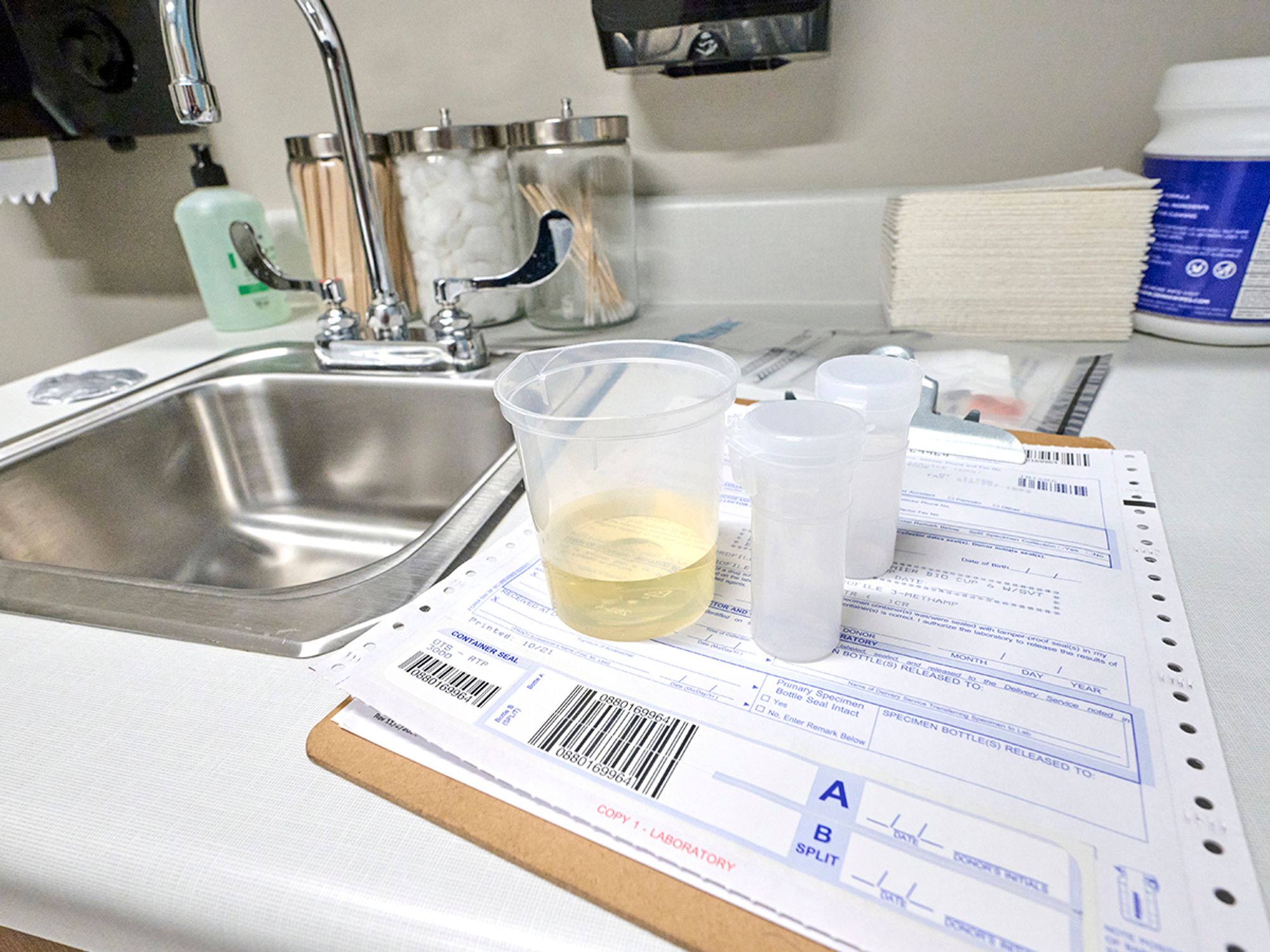Providing collectors with necessary information

- Some DOT drug and alcohol recordkeeping problems may stem from the information provided (or not) to the collection site by the employer.
Most motor carriers have experienced some sort of recordkeeping frustration associated with their DOT drug and alcohol testing program, such as minor administrative errors on a chain of custody form (CCF) or not receiving a drug test result. Some of the errors could have been avoided had the motor carrier provided necessary data elements.
Supply 11 key data elements
Did you know that 40.14 requires employers (or consortium/third-party administrator (C/TPA)) to provide collectors with specific information relevant to the drug collection process? The employer must make sure the following information is made available to the collector:
- Specimen type to be collected (oral fluid or urine) via a standing order.
- Full name of the employee being tested.
- Employee CDL number.
- Laboratory name and address.
- Employer name, address, phone number, and fax number.
- Designated employer representative (DER) information as required in 40.36.
- Medical Review Officer (MRO) name, address, phone number, and fax number.
- The DOT agency which regulates the employee’s safety-sensitive duties.
- Test reason, as appropriate: pre-employment, random, reasonable suspicion, post-accident, return-to-duty, and follow-up.
- Whether the test is to be observed or not (see 40.67).
- Optional information including C/TPA name, address, phone, and fax number.
Numbers 3, 4, 6, 7, and 10 may be preprinted on the CCF.
Standing orders on drug-testing method
A standing order is a document created by the employer that clearly identifies when urine or saliva will be the preferred drug testing method. Even if a carrier sticks with urine or goes completely with saliva specimens, it must communicate its decision to the collection site.
The standing order typically reflects the unique nature of each drug testing method:
- Saliva drug testing shows more recent drug use, while urine reveals more chronic drug use; and
- Saliva drug testing is always under direct observation and less intrusive than urine testing.
Carriers may elect to have a hybrid model incorporating in both urine and saliva drug tests. To incorporate both urine and saliva drug tests, the collection site must be alerted via a standing order based on reason for testing, need for direct observation, and instances of insufficient specimens.
Following are a few examples of the standing orders provided to collectors:
- Saliva is the preferred drug testing method for reasonable suspicion, post-accident, return-to-duty, and follow-up drug testing.
- Urine is the preferred drug testing method for pre-employment and random testing.
- Saliva is the preferred drug testing method for all direct observation collections.
- Saliva tests shall be used as an alternate testing method when there are problems during urine collections (e.g., temperature out of range, shy bladder).
- Urine testing will be an alternate testing method if the saliva collection resulted results in a dry mouth.
After creating a standing order document, the carrier must make ensure its designated employer representative and drivers know when each testing method will be used.
Consequences of incomplete information
If a piece of information is missing or inaccurate, the test may wind up in the great abyss of missing test results. How does this happen? It may be as simple as an incorrect driver’s identification number written on the form, creating a problem in providing the results to the employer.
In some other instances, the collector may not have a CCF with preprinted information, and has to edit one that is on hand. This makeshift CCF may:
- Be sent to a lab and/or MRO that does not have an account with you to provide results; and/or
- Contain inaccurate or incomplete motor carrier contact information. For instance, the phone and address are not entered correctly, or another employer’s CCF is used without removing its lab account or name so all parties involved (collection site, lab, and MRO) are unable to attribute the test to your company.
Reducing errors
So what’s the solution? Some carriers have found success using a network of collection sites that:
- Contract with them,
- Have preprinted CCFs on hand, and
- Will communicate the need to replenish CCFs.
When your driver is subject to a DOT post-accident drug screen in an area with limited options for testing (i.e., outside your network), you might consider having a preprinted CCF in every commercial motor vehicle. The driver simply provides the form to the collector, reducing the chance of a lost test result.
